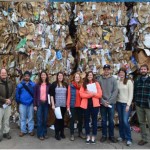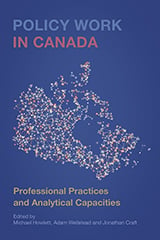 Waste Advantage Magazine published an article about the state of recycling in Houghton and Hancock, citing a study by Richelle Winkler’s (SS) class that kicked off a successful curbside recycling campaign.
Waste Advantage Magazine published an article about the state of recycling in Houghton and Hancock, citing a study by Richelle Winkler’s (SS) class that kicked off a successful curbside recycling campaign.
 Aparajita Banerjee (who recently completed her PhD in Environmental and Energy Policy), Chelsea Schelly (SS) and Kathleen E. Halvorsen (SS/SFRES) recently published the article “Understanding Public Perceptions of Wood-based Electricity Production in Wisconsin, United States: Place-based Dynamics and Social Representations” in the journal Environmental Sociology. It is available via Online First.
Aparajita Banerjee (who recently completed her PhD in Environmental and Energy Policy), Chelsea Schelly (SS) and Kathleen E. Halvorsen (SS/SFRES) recently published the article “Understanding Public Perceptions of Wood-based Electricity Production in Wisconsin, United States: Place-based Dynamics and Social Representations” in the journal Environmental Sociology. It is available via Online First.
The article is based on research conducted with the support of funding from the National Science Foundation’s Partnerships in International Research and Education (PIRE) Program IIA #1243444 and Research Coordination Network (RCN) Program CBET #1140152.







